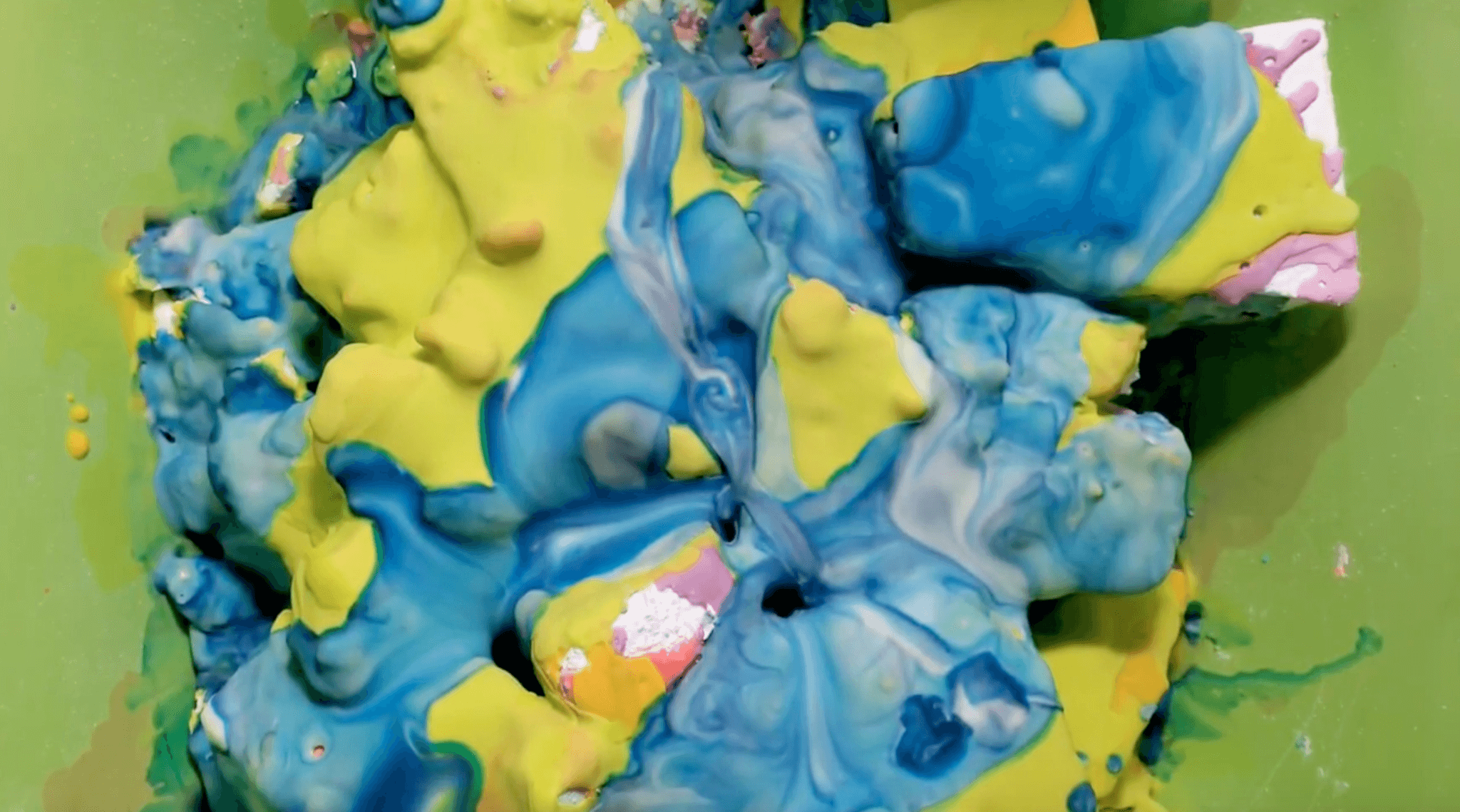IS `ODDLY SATISFYING´ THE NEW LULLABY?
Have you ever sought solace in the embrace of billowing slime? It turns out, you’re not alone. A staggering 45% of adults indulge in the realm of “oddly satisfying” videos and audios on TikTok every week. Social media platforms have witnessed the rise of ASMR (autonomous sensory meridian response), encompassing captivating categories like Binaural beats and zit-popping content. Artists, too, are blurring the lines between physical and digital art by capturing intriguing moments. As we immerse ourselves in these experiences, a sudden turquoise fluff globe clamps between our toes, inviting us to explore its texture. But how exactly do these sensory encounters aid in achieving a restful sleep?
The Phenomenon of “Tingly Brain”
The term “brain tingles” aptly describes the sensations associated with ASMR. It’s akin to receiving an unexpected massage for the mind. The static-like tingling travels from the neck, across the shoulders, and up to the scalp. According to Craig Richard, a Ph.D. professor of physiology at Shenandoah University and the founder of ASMR University, this physiological response predates the digital era. Certain triggers, such as whispering, personal attention, crisp sounds, and slow movements, induce this delightful reaction.
Unveiling the Mirror Neuron
Theory Many individuals first experience ASMR between the ages of 5 and 10, as reported by the medical advisory board of sleepfoundation.org. The mirror neuron theory suggests that when we observe someone else performing a task, we neurologically feel as if we are doing it ourselves. This therapeutic practice allows us to pause our incessant scrolling, giving our frayed nerves a much-needed respite. We can enhance our attention span and alleviate stress and tension, ultimately facilitating a peaceful slumber while delighting in the sensations of slime molds, cornstarch crunching, or cake mirror glazing.
The Quest for “Goldilocks Feelings” The allure of gently moving textures, such as muffled chatter, slicing soap cubes, and linocut techniques, can be truly mesmerizing. Artist Cole Newman harnesses circular motions to bring a flying bucket to life on canvas. The pendulum’s spiral-like dance creates captivating patterns that exist somewhere between symmetry and asymmetry, evoking a sense of wonder. Psychologists have coined the term “Goldilocks feelings” to describe this perception of surpassing expectations, which directly influences our mood, emotions, and overall sense of achievement.
Unlocking the ACE
Theories When we immerse ourselves in these satisfying sensory experiences, we unlock the realms of achievement, competence, and affectance. Our brains reward us with a temporary relief as dopamine and serotonin flood our neural pathways. The act of sensing triggers the release of endorphins and oxytocin, further enhancing our feelings of relaxation. YouTube’s “Quantastic” serves as a haven for the oddly satisfying community, offering over 300 videos in a one-hour compilation. From mesmerizing liquids and particles to mesmerizing engineering feats and sculpting wonders, these macro worlds transport our childlike wonder into uncharted territories.
Indulge in the Pleasures of Oddly Satisfying Content
Immerse yourself in the tranquility of oddly satisfying content, where billowing slimes, swirling patterns, and gentle textures invite you to experience a world of serenity. Join the growing community that finds solace in the delightful tingles of ASMR and embark on a journey to a restful sleep. Let the dance of dopamine, serotonin, endorphins, and oxytocin guide you towards a state of ultimate relaxation. Surrender to the enchanting allure of “Quantastic” and explore the vast macrocosms that lie just a click away.



























